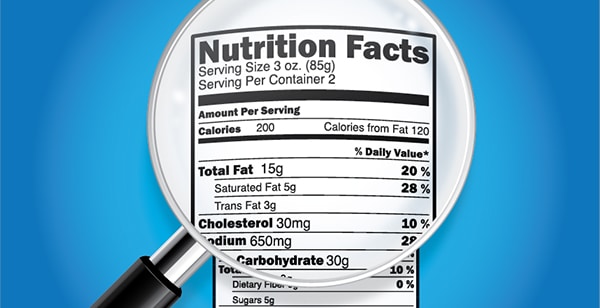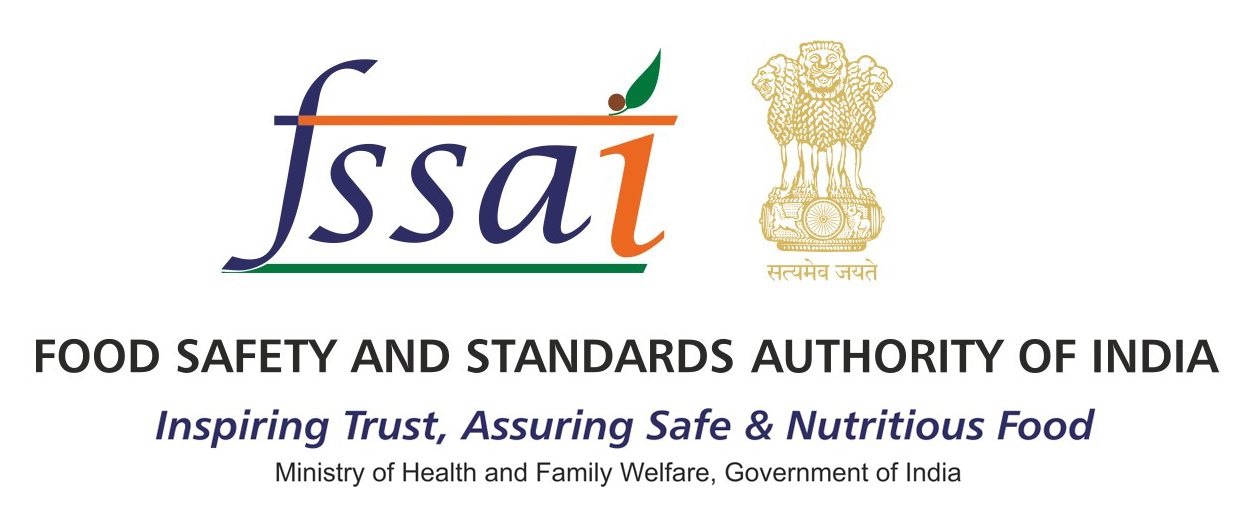Introduction of Nutritional Labelling
The World Health Organization (WHO) has released its first draft guidelines recommending that packaged foods and drinks display clear nutritional information on the front. This initiative aims to help consumers make healthier choices without enforcing stricter warning labels. Processed foods high in salt, sugar, and fat contribute significantly to the global obesity epidemic, affecting over one billion people and causing around eight million premature deaths annually from conditions like diabetes and heart disease.
Challenges in Implementation
Governments face challenges in implementing these guidelines. Currently, only 43 WHO member states have some form of front-of-package labelling, even though research shows that labels can influence buying decisions. The WHO began developing these guidelines in 2019. Katrin Engelhardt from WHO’s Nutrition and Food Safety Department stated that the goal is to assist individuals in making healthier food choices.
Public feedback on the guidelines ended on October 11, with the official version expected in early 2025. The WHO suggests that governments adopt “interpretive” labels that provide nutritional information and health-related explanations.
Examples of Effective Labelling
One example is the Nutri-Score, which ranks foods from A (green, nutrient-rich) to E (red, high in sugars, salt, or fats). Chile and several Latin American countries use stricter warning labels, indicating when a portion of food is “high in sugar,” salt, or fat with a black octagon resembling a stop sign. Lindsey Smith Taillie, co-director of the Global Food Research Program at the University of Chapel Hill, noted that the food industry has resisted such warnings, preferring “non-interpretive” labels that lack clear guidance.
Research Findings from Chile
Research by Taillie this summer showed that Chile’s warning labels and marketing restrictions for children led to a significant decrease in the purchase of unhealthy foods: 37% less sugar, 22% less sodium, 16% less saturated fat, and 23% fewer total calories compared to what they would have consumed without these laws. The WHO acknowledged insufficient evidence to determine the most effective labelling system.
Industry Response
The International Food and Beverage Alliance, including The Coca-Cola Company and Mondelez International Inc., stated that its members follow global standards, displaying nutritional information on the back and energy content on the front, in line with the Codex Alimentarius system.
Conclusion
Rocco Renaldi, the IFBA’s Secretary-General, emphasized that while global companies can act, their efforts are not enough since local producers dominate markets in places like Nigeria and Pakistan. He noted that alliance members generally support WHO guidelines and nutrient-based labels.
He added, “Typically, we do not favour methods that vilify specific products. We believe health warning labels should not appear on foods that are safe, approved, and popular with consumers.
Source: Reuters
 Food Manifest
Food Manifest 


















